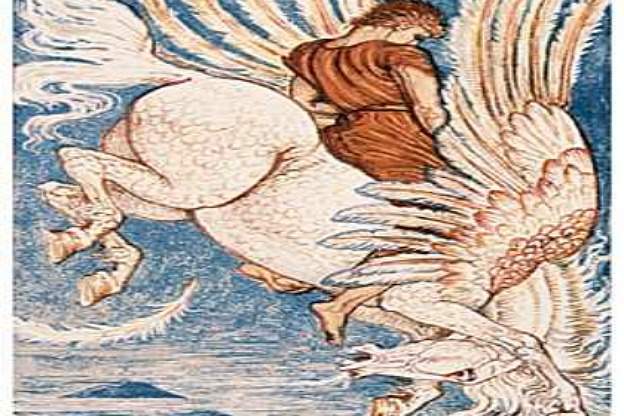
Tarquinio Merula flourished in the first half of the 17th century, and his compositional style is in many ways similar to that of Monteverdi or Cavalli.
Around 1637, Merula published his op. 11 with the title Pegaso salmi, motetti, suonate. It’s "Pegaso," this same reference to the winged white horse of Greek mythology, that the Spanish early music ensemble La Galanía take as the title to their 2014 release on the Anima e Corpo label.
Merula is famous for his ciaccona.
Merula seemed fond of this ostinato: he used it not only in the earlier instrumental ciaccona, but also as a texted madrigal included in his op. 10 publication and then once again as a sacred piece in his op. 11. The bright and celebratory music is fitting for the Psalm 111 text, Confitebor Tibi. This, like many of the sacred texts of Merula’s opus 11, derive from the plainchant used in the church throughout the liturgical year.
Merula probably never expected his opus 11 Pegaso to be heard cover to cover, but what a luxury for us to have them all together here in one place!









